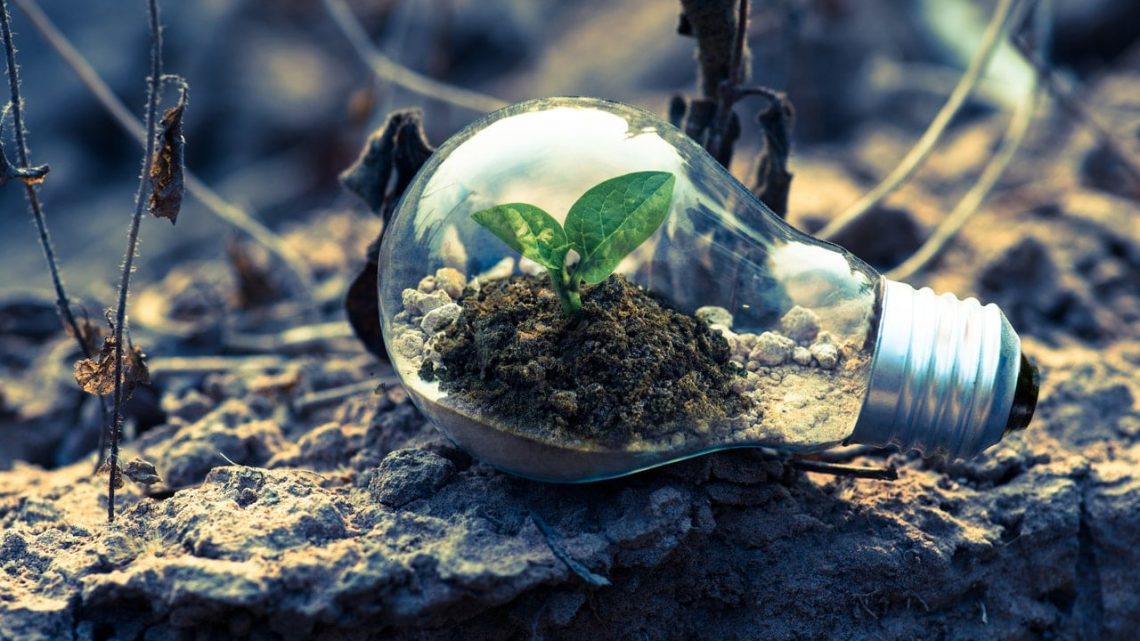
Go Green With These 12 Recycling Tips
April 7, 2022The average American is likely to throw away about 600 times their adult weight in garbage in their lifetime. Most of the waste ends up in landfills. It is therefore important to be reminded to conserve energy, resources, protect the environment, and preserve valuable landfill space through recycling.
You do not have to throw away everything you do not need or use. Some people may find other uses for some things. Some items like broken devices, equipment, and appliances have individual parts that you can recycle. Wires, cables, metal parts, and some plastic parts are still valuable. You can visit websites of recycling facilities such as langleyrecyclingkc.com to find out more about recycling, what to do when you recycle, and even how to earn money from recycling.
If you need tips for recycling and going green, read on.
1. Use eco-friendly bags rather than plastic
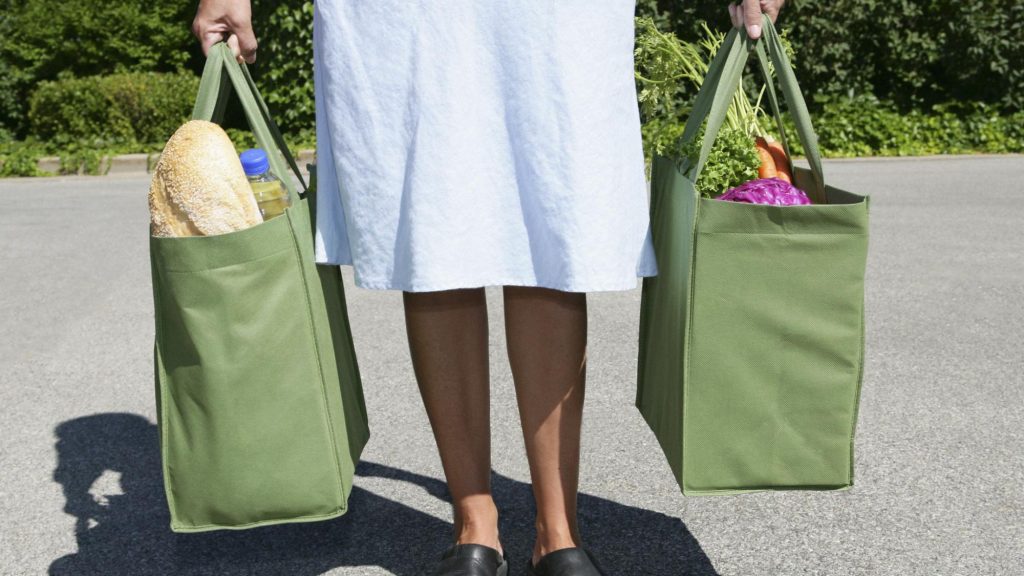
Source: treehugger.com
On average, you will have ten plastic bags if you go on a weekly trip to the grocery. Thus, a household will accumulate about 520 plastic bags which are not recyclable, each year. But groceries and retail stores are now encouraging people to be eco-friendly and have reusable cloth bags when you are out grocery shopping. In the meantime, most grocery stores today have collection bins for plastic grocery bags.
2. Save scrap paper and fabric for various crafts
Keep bits of pretty fabric and beautiful paper for different crafts. Young children usually need these items for school art projects. If you are also interested in crafts, you know that you can find some use for them in your projects.
3. Repurpose glass containers and jars

Source: ruralsprout.com
Food in glass containers is more expensive. Thus, you should get something more out of the glass jars. You can clean and reuse them as new containers. You can find many ideas on what to do with empty glass jars online. You can use them as tea light holders, vases for fresh flowers, containers for screws and nails, etc.
4. Make the switch
Use energy-efficient electronics, light bulbs, and appliances. Inspect and evaluate your home and ensure that it is energy efficient. For example, install low-flow showerheads and toilets, fix leaking pipes and faucets, and replace drafty windows. Purchase and use electronics with the Energy Star logo to ensure that you use energy-efficient appliances. Using them will help reduce greenhouse effect.
5. Recycle electronic items
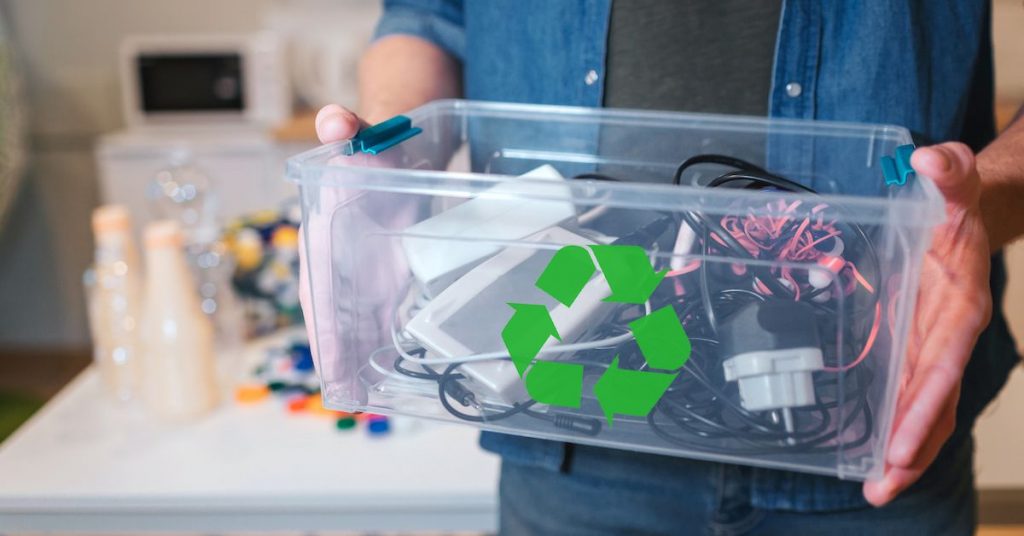
Source: greenmatters.com
Do not throw your defective electronic devices into the dumpster. Find a charity where you can donate them. These charities have people who can fix faulty electronics. Some electronic manufacturers allow you to send back old and broken devices for recycling. Some manufacturers of printer ink cartridges provide prepaid labels so that you can easily send back the used cartridges for recycling too.
6. Small things can cause big problems
When recycling, remember this rule. Anything smaller than a credit card should not be recycled. You should not include paper clips, plastic cutlery, coffee pods, bottle caps, straws, and other small things. They are difficult to sort and cause the recycling equipment to shut down.
However, if you put the plastic caps back on the bottles, they become larger than business cards, and the sorting equipment can capture them.
7. Put combined materials in the trash
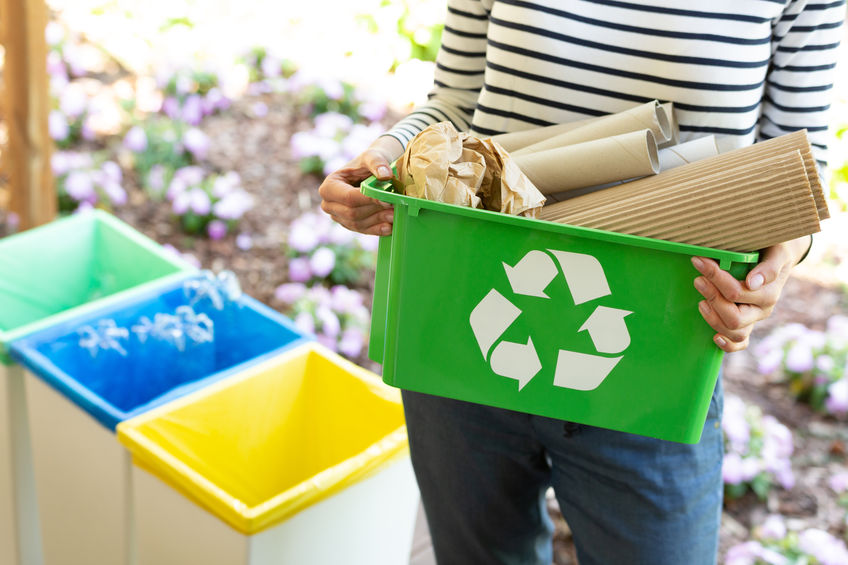
Source: iproperty.com.my
You can only recycle similar materials. Therefore, it is not advisable to recycle materials you cannot separate. For example, laminated paper, plastic-coated coffee caps, and paper-bubble wrap envelopes should go in the trash.
8. Minimize the creation of trash
As much as possible, avoid creating trash. Tell servers in restaurants not to give you straws and plastic utensils when ordering food. Buy ice cream in cones rather than cups. Also, choose products with minimal packaging, so there will be less material to throw away.
9. Buy products in bulk
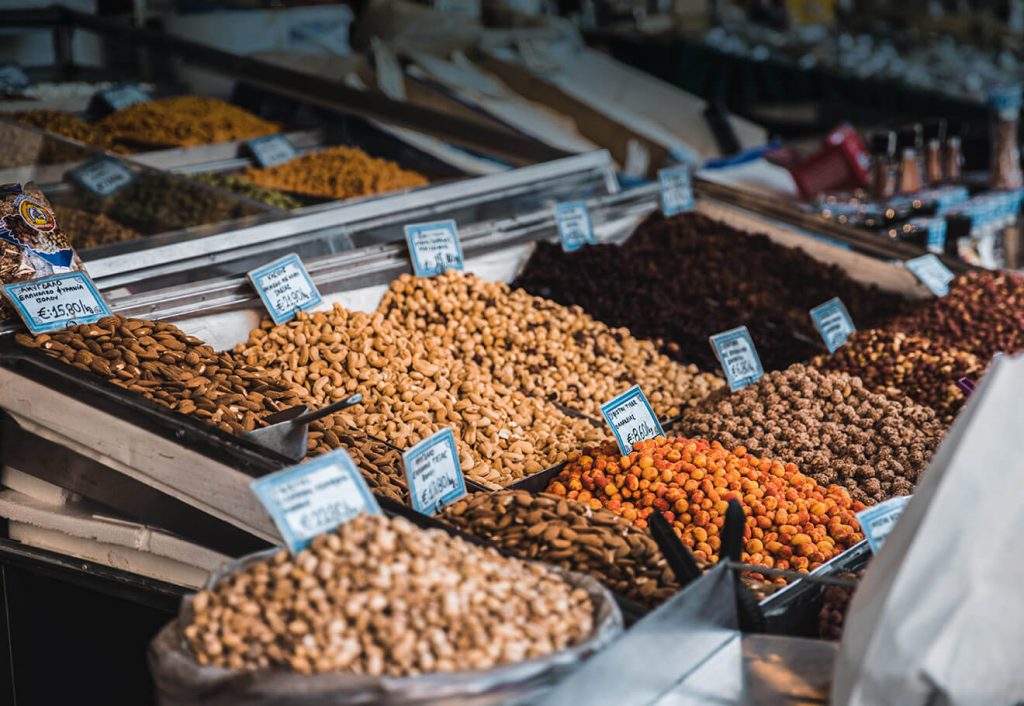
Source: shift.how
As much as possible, minimize the purchase of products in single-use packages, such as salad mixings, dog and cat food, candy, and drinks. Instead, buy most products in bulk. You can transfer them into your reusable containers later.
10. Maximize the use of paper
Use the reverse side of printed documents for inter-office memos. If not required, print in draft form and change the formatting to maximize the space to use fewer sheets. Instead of printing memos for limited circulation, use post-it notes, which are more effective and easy to see.
Likewise, use the reverse side of post-it notes as scratch pads. Open junk mail envelopes and use them for your grocery list. But remember one thing: do not shred the paper you intend to recycle. Most paper mills do not accept them because the fibers are shorter, so you may need to hire a professional rubbish removalist to help you with disposing of these items correctly. Also, it is taxing to sort out shredded paper.
11. Recycle food

Source: news.mit.edu
Organic waste does not belong in the recycling bin. But you can use other options. You can use food waste as compost. If you have a garden, compost is an excellent fertilizer. If you do not have the facility for it, coordinate with your local community or a compost service to pick up the solid paper and food waste.
12. Do not recycle black plastic
The scanners in recycling facilities cannot scan black plastics because they do not reflect light. Thus, it would require some time to sort black plastics manually.
Another reason for the difficulty in recycling black plastic is the contamination it causes to other materials. You can only recycle plastic of the same color, and it takes time to collect enough black plastic for the recycling to be economical.
Recycling is easier if you have the things to remind everyone to recycle. For example, you can have a recycling container next to your trash bin. Know what your local recycling facility accepts and how you should prepare the recycling materials.
Teach your family members to recycle and post a list of items they can recycle near your recycle bin. You can turn recycling into a habit by learning more ways to reuse, recycle, and how to conserve.
It will be a good idea to sign up for your community’s curbside recycling program. You can also buy products that you can recycle and those made from recyclable materials. Donate clothing, appliances, and furniture you no longer use but are still usable and functional.


